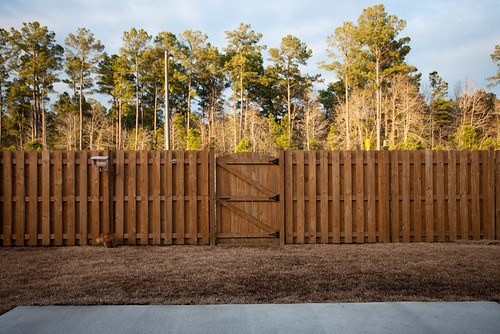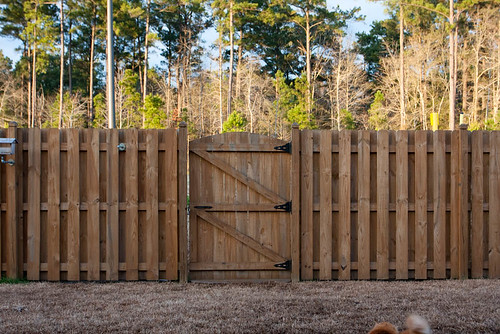
Boo Boo
Originally uploaded by zackojones
I love those photo and wanted to share it. I took it while Tiger was taking a break from playing. Even though his name is Tiger we've taking to calling him Boo Boo. I think I picked that term up from watching Cops one night.



